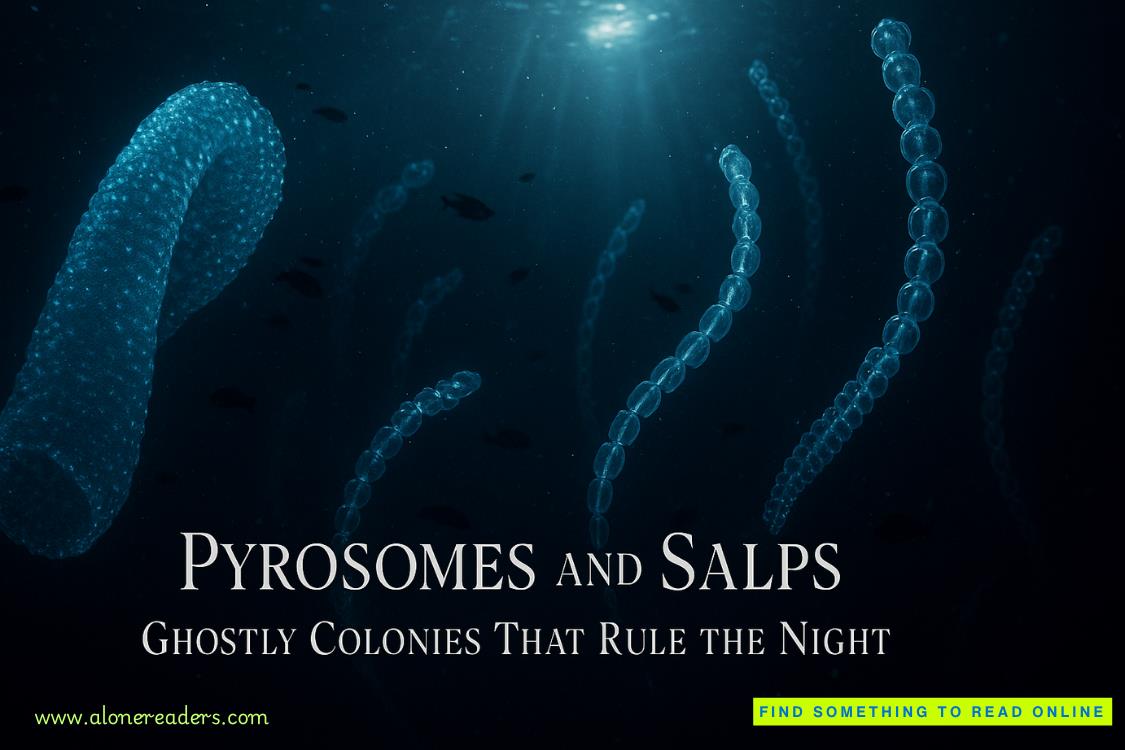Page 100 of S is for Silence (Kinsey Millhone 19)
Daisy stopped a few feet short of the porch. “Has anyone told you?”
“No. Pastor said there was a call, but I refused to take the phone until I heard from you.”
“They found her buried in the car. ID hasn’t been confirmed, but the dog was buried with her and there’s no doubt as far as I’m concerned.”
“How was she killed?”
“They won’t know until the autopsy tomorrow or possibly the day after.”
“At least she didn’t leave us. I take comfort in that.”
“Not in the way we thought.”
“Do you think it was me that harmed her?”
“I don’t know what to think.”
“I did love her. I know you don’t believe me, but I loved her with all my heart.” A tear trickled down each side of his face, but the effect was odd, like he’d suddenly sprung pinhole leaks. Personally, I thought it was the wrong time to try defending himself. Daisy didn’t seem receptive and she sure wasn’t interested in seeing him play victim. We all knew who the real victim was in the overall scheme of things.
“That’s no way to love, Daddy. With a fist? My god. If that’s what love is about, I’d just as soon do without.”
“It wasn’t like that.”
“So you say. All I remember is your punching her out.”
“I can’t argue the point. Sometimes I hit her. I don’t deny the fact. What I’m saying is you can’t fix on one part and think you understand the whole. Marriage is more complicated than that.”
“You better hire yourself another lawyer, Daddy, because I’ll tell you what’s complicated. She was wrapped in a lace curtain and the dog’s skull was crushed.”
In the car driving back to her place, I kept my mouth shut, sensing she was in a dangerous mood. Finally she said, “I swear to god, if he killed her I want you to nail his ass.”
“I wish it were that simple, but it’s not up to me. This is a homicide investigation and believe me, the sheriff’s department doesn’t need my help or interference. I may be a licensed PI, but that cuts no ice with local law enforcement. The quickest way to alienate the cops is to tromp on their turf.”
Daisy’s face seemed set. “You owe me a day. I gave you a twenty-five-hundred-dollar retainer. Five hundred a day for five days and you’ve worked four.”
“Well, that’s true.”
“One day. That’s all I’m asking for.”
“Doing what?”
“I’m sure you’ll think of something. I understand what you’re saying about the sheriff’s department, but at this point you know more about the case than they do.”
“True again,” I said. I had my own curiosity to satisfy, and I was already thinking of ways to do it that wouldn’t entail stepping on their toes. In times past, I may have been a teeny tiny bit guilty of crossing the line, but I was feeling virtuous this round. So far, at any rate.
When we reached her house, I slipped my jeans on hot out of the dryer, gathered my toiletries and the few remaining articles of clothing, and shoved it all in a plastic bag. I grabbed my shoulder bag, tossed both bags in the backseat of my car, and backed out of the garage. It was Saturday afternoon. Government offices were closed, but the Santa Maria public library was open and might be worth a look-see. I drove into town, heading north on Broadway as far as the 400 block, where I pulled into the parking lot.
The library is housed in a two-story Spanish-style structure with the ubiquitous red-tile roof. Santa Teresa architecture shares certain similarities with Santa Maria, though much of the latter looks less than twenty-five years old. I hadn’t seen an “old town” or anything resembling the mix of Spanish, Victorian, post-Victorian, Craftsman, and contemporary houses that Santa Teresa boasts. Many neighborhoods, like Tim Schaefer’s, date to the ‘50s, ‘60s, and ‘70s, decades in which single-family residences were miraculously charm free.
Once inside, I asked for the reference department and was directed to an elevator that took me to the second floor. My first job was to pull the roll of microfilm for the Santa Maria Chronicle covering June 1, 1953, to August 31, 1953. I threaded the film through the machine and scrolled day by day, looking for anything of significance.
On a national level, June 19, Julius and Ethel Rosenberg were executed at Sing Sing. During that same period, the cost of a postage stamp rose from three cents to five. There was apparently new hope for a truce in Korea. On the local scene, according to the advertisements, gas was selling for twenty-two cents a gallon, a loaf of bread cost sixteen cents, and a sixteen-ounce jar of Kraft Cheez Whiz cost fifty-seven cents. Livia Cramer had given a home-demonstration party, whatever that was, and the ladies who’d been awarded prizes were listed. Cecil B. DeMille’s Cleopatra, starring Claudette Colbert and Warren William, was playing at the local theater, along with a 3-D movie called Bwana Devil. Approaching the Fourth of July weekend, I saw that the Santa Maria Indians had a game scheduled with the San Luis Obispo Blues at 8:30 in the Elks Field, and the 144 th Field Artillery Battalion was having a Fourth of July Reunion BBQ. As I’d surmised, while many businesses were open on Friday, banks and government offices were closed. Eventually I came across the article about Violet’s disappearance, a copy of which Daisy had tucked in her file. I started printing out pages, beginning with June 30 and continuing into the following week.















